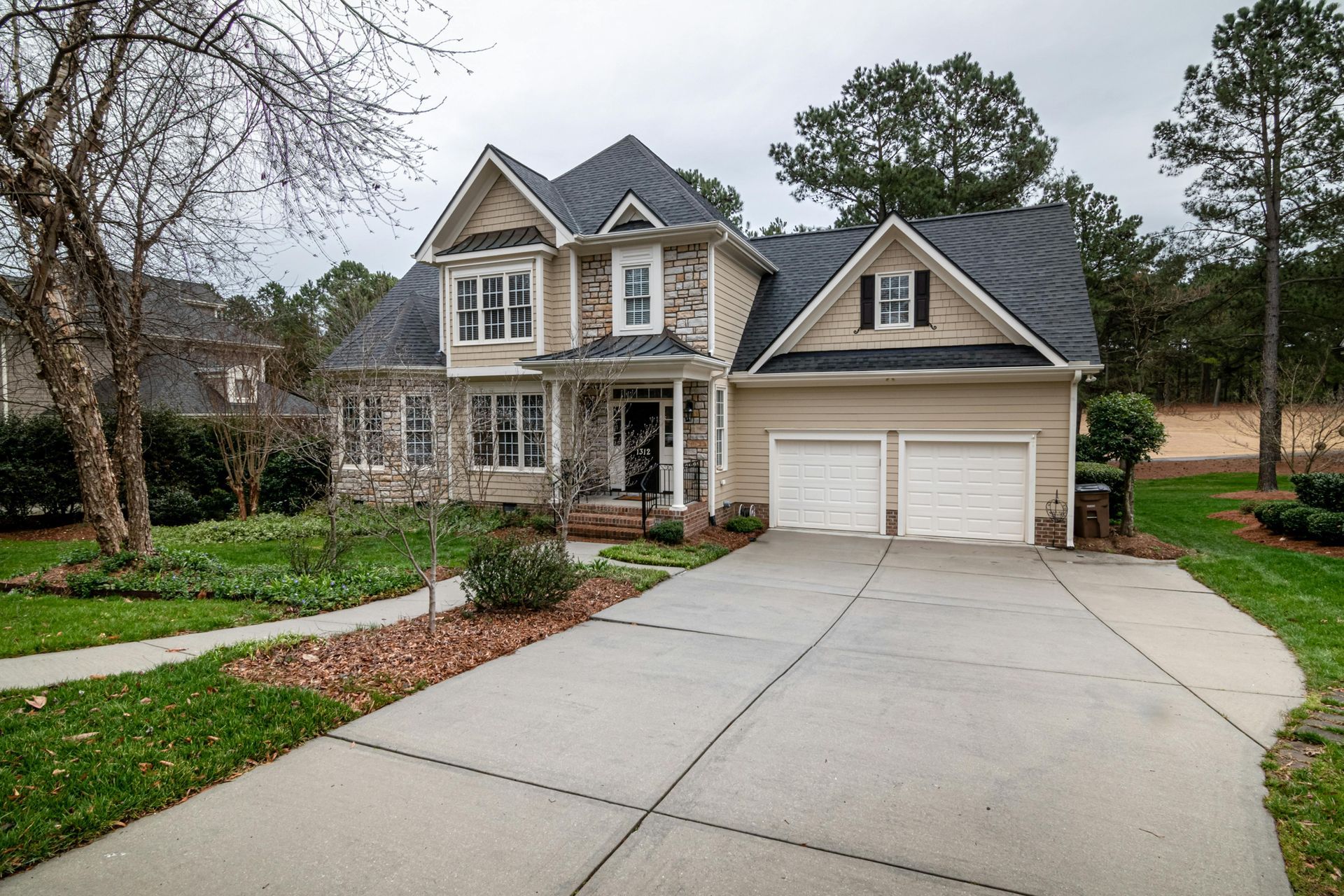Painting Over Drywall Patches: How to Hide Ugly Spots in Your Wall
If you've ever had a patch a hole in your wall, you know that it's not the easiest task. And if you haven't done it before, it can be downright daunting. One of the biggest challenges is making the visible patch blend in with the surrounding wall so that it's not noticeable. In this blog post, we will discuss some tips and tricks for painting over drywall patches so that they are hidden from view!
How to fix drywall patch marks showing through paint

If you have visible drywall patches on entire wall, you'll need to do a few things before you can paint them. First, make sure the surface is clean and free of dust and debris. You can use a vacuum cleaner or a damp cloth to do this.
You can sand it smooth by a drywall sanding pad on the painted wall. Use a fine-grit sandpaper to smooth drywall patches. Be careful not to sand too hard, or you may damage the drywall patch.
Finally, you can paint entire wall. Choose a color that matches the rest of your wall and repair drywall patches showing.
What to do if the drywall patch is not perfectly smooth after you have sanded it down?
If the drywall patch is not perfectly smooth or there are some bumps and lumps on it after you have sanded it down, you can conceal drywall patches by using a spackling drywall compound. Spackling drywall topping compound is a type of putty that is used to fill in small holes and cracks in walls. It is available at most hardware stores.
To fix the bumps and lumps using spackling compound, first use a putty knife to apply a thin layer of spackling compound over the entire patch. Then, use a sandpaper block to smooth out the surface. Finally, wipe away any excess spackling compound with a damp cloth.
What kind of paint should you use to cover up drywall patches?
Types of Paint to Use for Drywall Repair
There are different types of paint you can use for drywall repair. The most important factor is to choose a paint that will match the existing paint color in your room. You also need to make sure that the paint you choose is durable and can withstand everyday wear and tear.
The following are some of the best types of paint to use for drywall repair:
Latex Paint - Latex paint is a water-based paint that is easy to apply and dries quickly. It is also durable and can withstand everyday wear and tear.
Oil-Based Paint - Oil-based paint is harder to apply than latex paint, but it is more durable and lasts longer.
Elastomeric Paint - Elastomeric paint is a type of paint that is made with rubber particles. It is flexible and can stretch without cracking. This type of paint is often used for repairing damaged walls or ceilings.
How do you apply the paint to drywall patches so that it blends in with the wall and is not noticeable?
There are a few ways to apply the paint to drywall patches so that it blends in with the wall and is not noticeable. One way is to use a paintbrush to apply the paint to the patch. This will help to ensure that the paint is applied evenly and that it blends in well with the surrounding wall. Another way to apply the paint is by using a roller. This will also help to ensure that the paint is applied evenly and that it blends in well with the surrounding wall. It is important to make sure that the paint is applied evenly so that there are no noticeable differences between the patch and the surrounding wall.
You might also like

Book A Service Today


